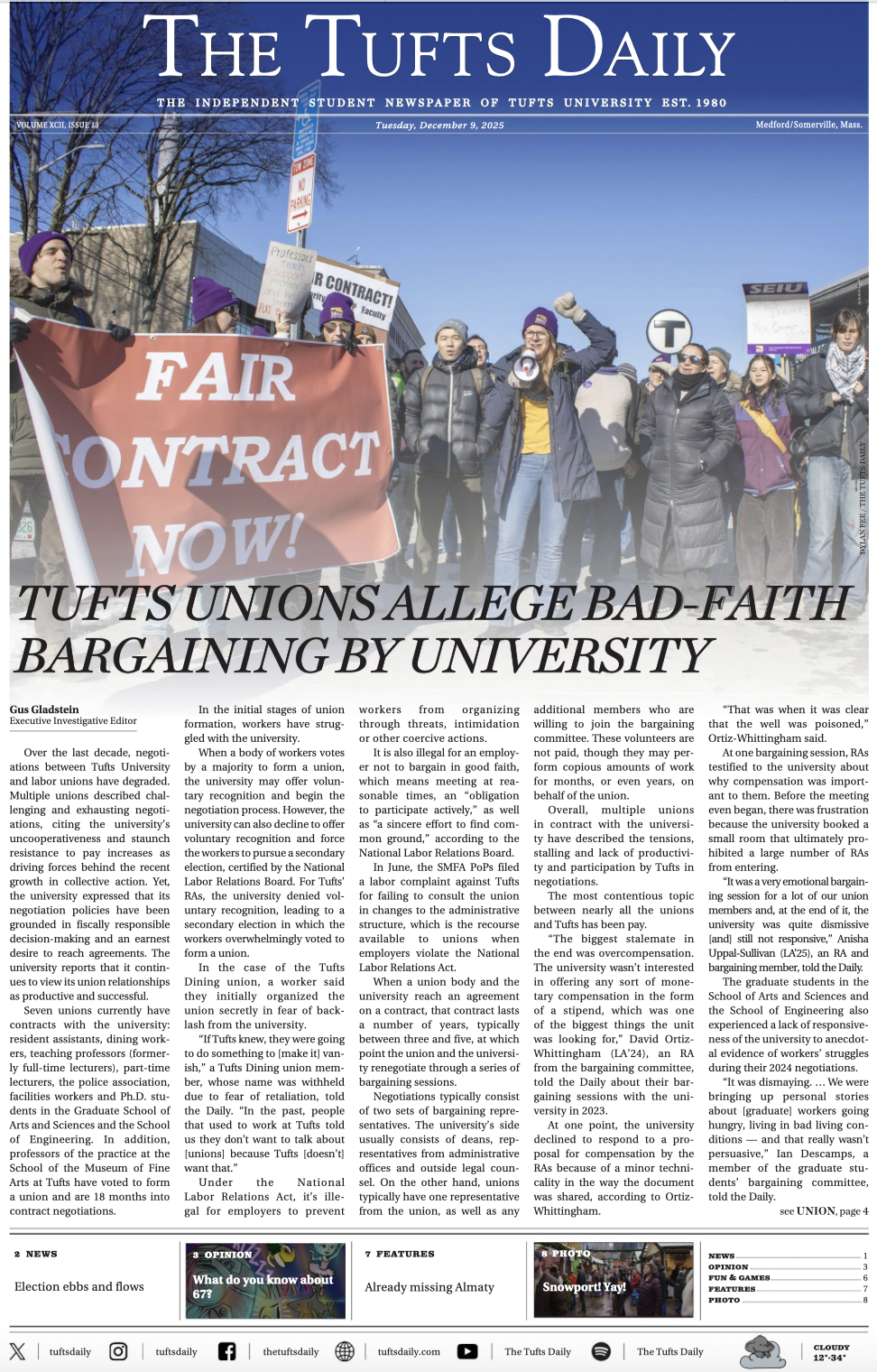If I ever work for the people who own Walt Disney World, there is no doubt I'd score a bonus big enough to make former JPMorgan Chase execs sick. The plan is simple: Create the ultimate theme park ride simply and appropriately titled Driving at Night in the Third World (DNTW). It doesn't sound that catchy, but anyone who has had this experience will feel their sphincters tense a little when they hear about the most terrifying, bada** ride ever to grace America.
Transportation-wise, things seemed in pretty good shape after you finished a weekend checking out the provincial tourist destination, if El Salvador has such things, of Suchitoto — a remnant of El Salvador's colonial wealth (read: exploitation). The 20-person van you chartered through some sticky networking of our Salvadoran host organization might itself be a good starting point for American visitors. After observing other similar buses in San Salvador, it seems that everybody got the same guidebook to pimping their ride; critical elements include a door that refuses to close unless going 30 miles per hour, at least one window completely obscured by adhesive anime drawings of mostly naked 18-to-24-year-olds and no less than three pictures of a whiter-than-the-Hamptons Jesus with encouraging phrases in Spanish such as "Forgive Us!" and "Christ Bless this Business!" Stickers from PepsiCo and opposing political parties are encouraged. The cousin of the driver's last girlfriend will at some point get on the bus, and when you realize you aren't getting mugged (El Salvador has Central America's worst crime rate; see last week's column), you relax a little. Sort of.
But any good ride doesn't give away all its thrills just when you get on (does this look like the Mad Tea Party ride?) For the first hour or so you have the benefit of sunlight, paved highway lanes and the occasional obeyed traffic signal. The real trick would be figuring out the best way to execute a life-like experience for DNTW riders. Is it best to emulate a torrential downpour with virtual-reality screens and sound effects, or to actually douse the vehicle with high-pressure streams of water? How can we make an authentic leak in the roof of the van that seems to hit you every time you get close to falling asleep? Of course, people drive in the rain in the United States too, so there is nothing shocking about the first few minutes of the ride; certainly we need to give people time to adjust. However, driving from a more built-up populous center only gets harder and more daunting as the minutes pass and as you advance to your destination deeper in the mountainous region.
The real fun begins when you have been driving long enough that it is pitch black and you are in a rural-enough area that the paved roads have run out. During these circumstances, it seems it is customary to accelerate around turns and speed over potholes to avoid getting stuck in them. Occasionally, the driver will stop the bus and get out to check the rear left wheel and assure you that nothing is wrong. Repeat 15 minutes later. As you get farther away from where you came, you will hear whistles coming from people you cannot see. Sometimes they will come to warn the driver he is about to slam into an iron gate; usually they are followed by U-turns on dirt roads barely wider than the van itself. How the driver defies physics to execute this will baffle riders and add to the experience. Maps are prohibited on DNTW; asking directions from strangers in the random small town you have arrived in is required. After all, the best rides are interactive these days. Lucky riders will make it back to their host community sans vomit, though still terrified out of their minds.
Venture capitalists interested should give me a call.
--
Jacob Kreimer is a junior majoring in international relations. He can be reached at Jacob.Kreimer@tufts.edu.





